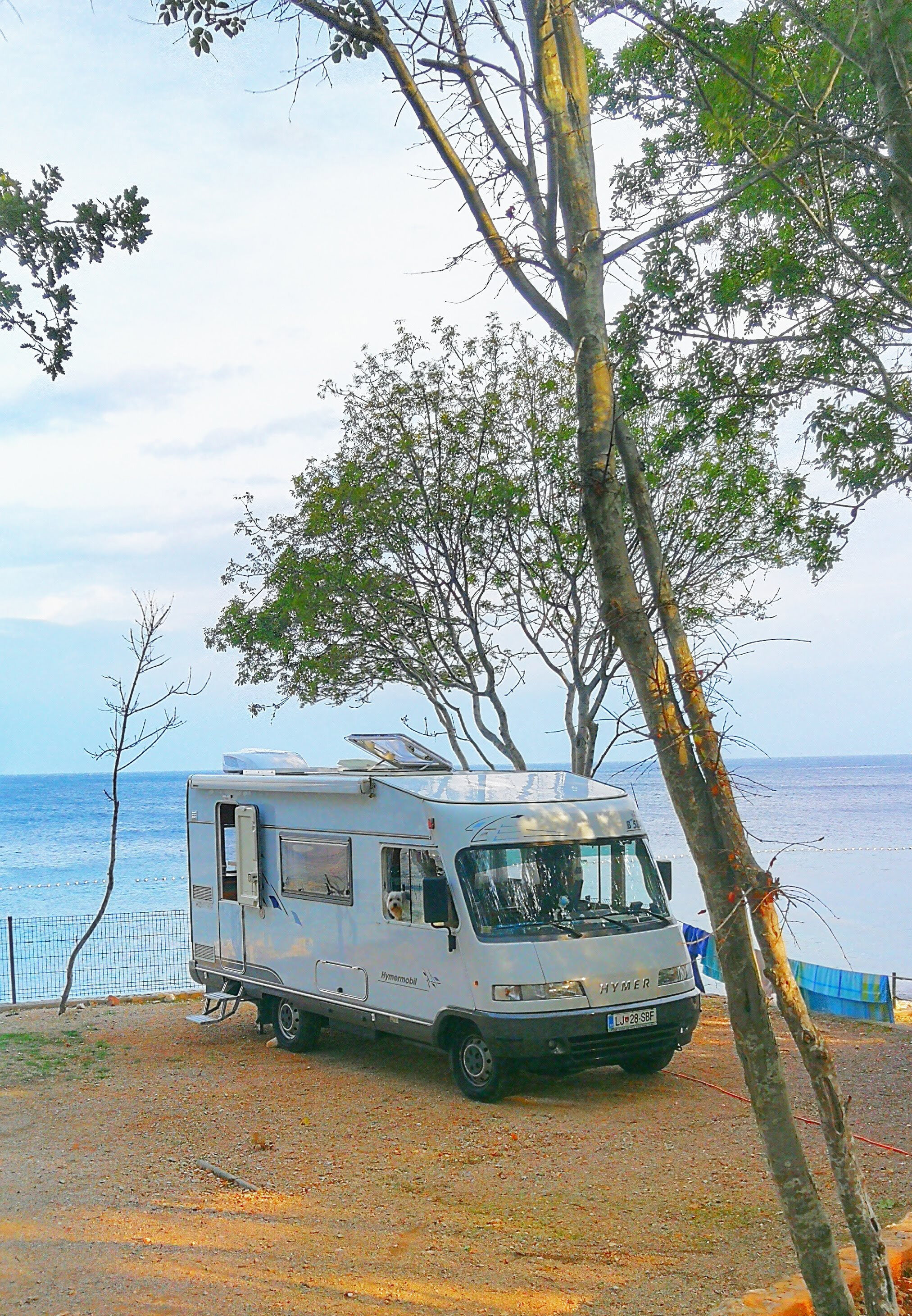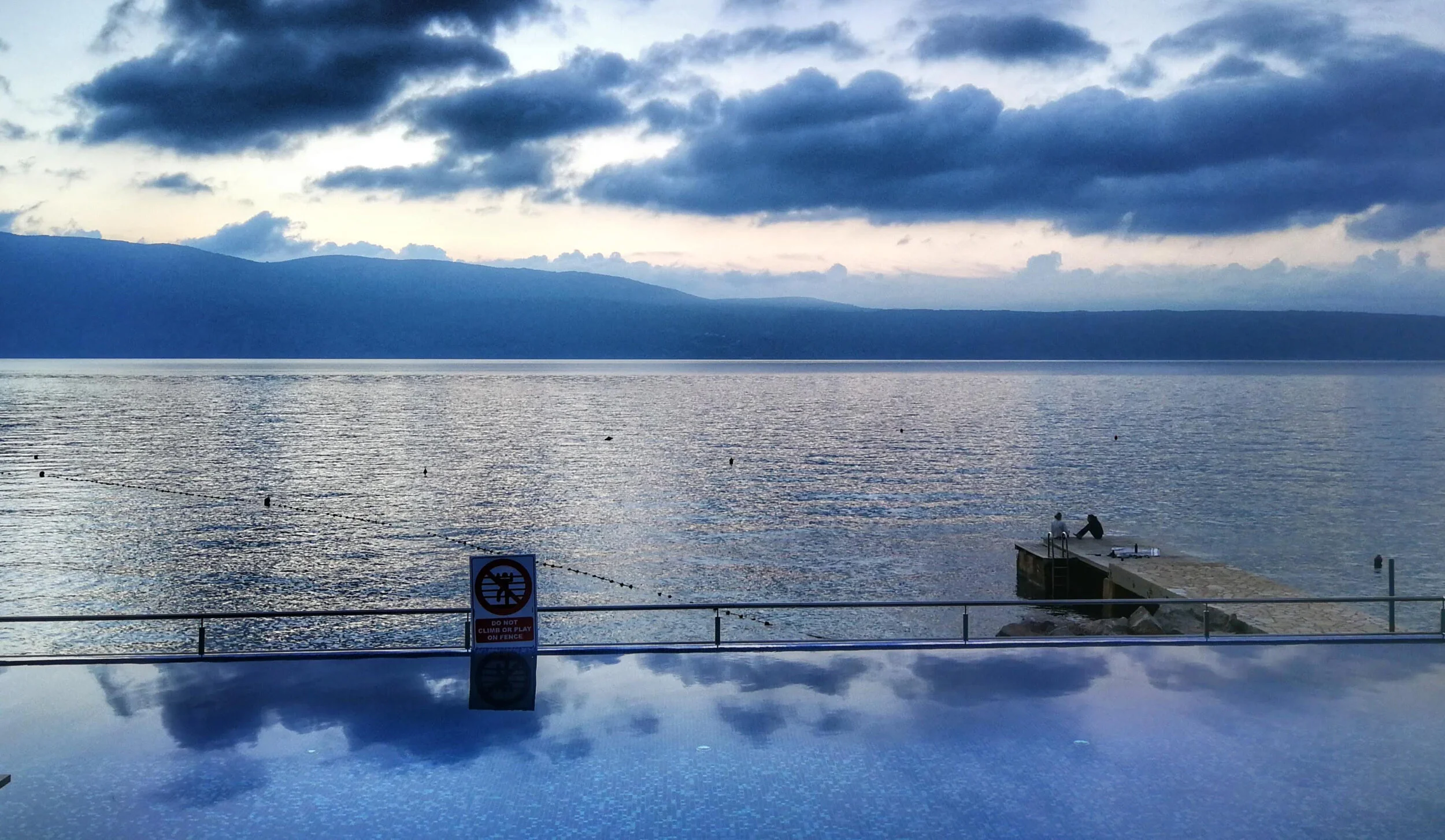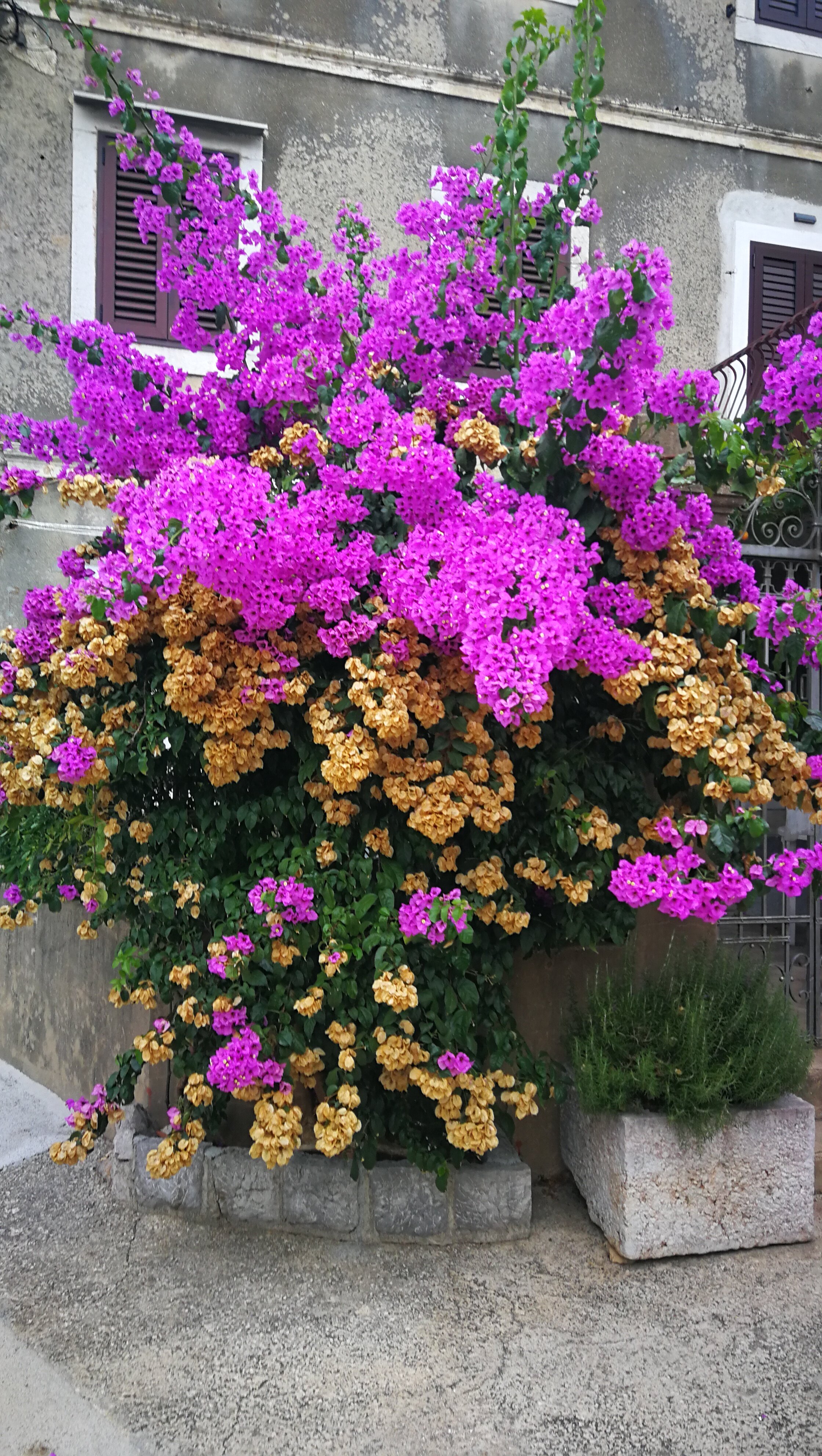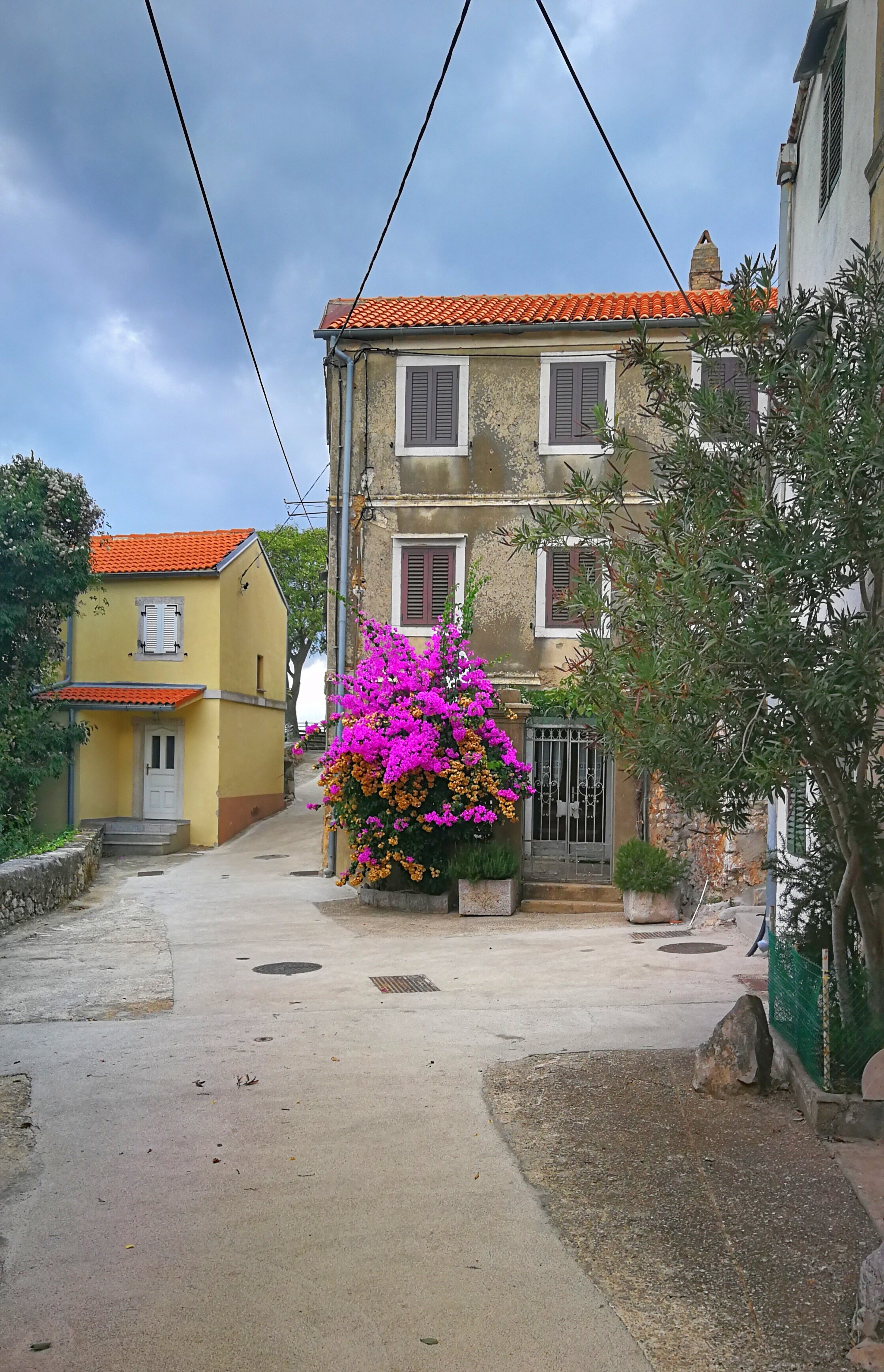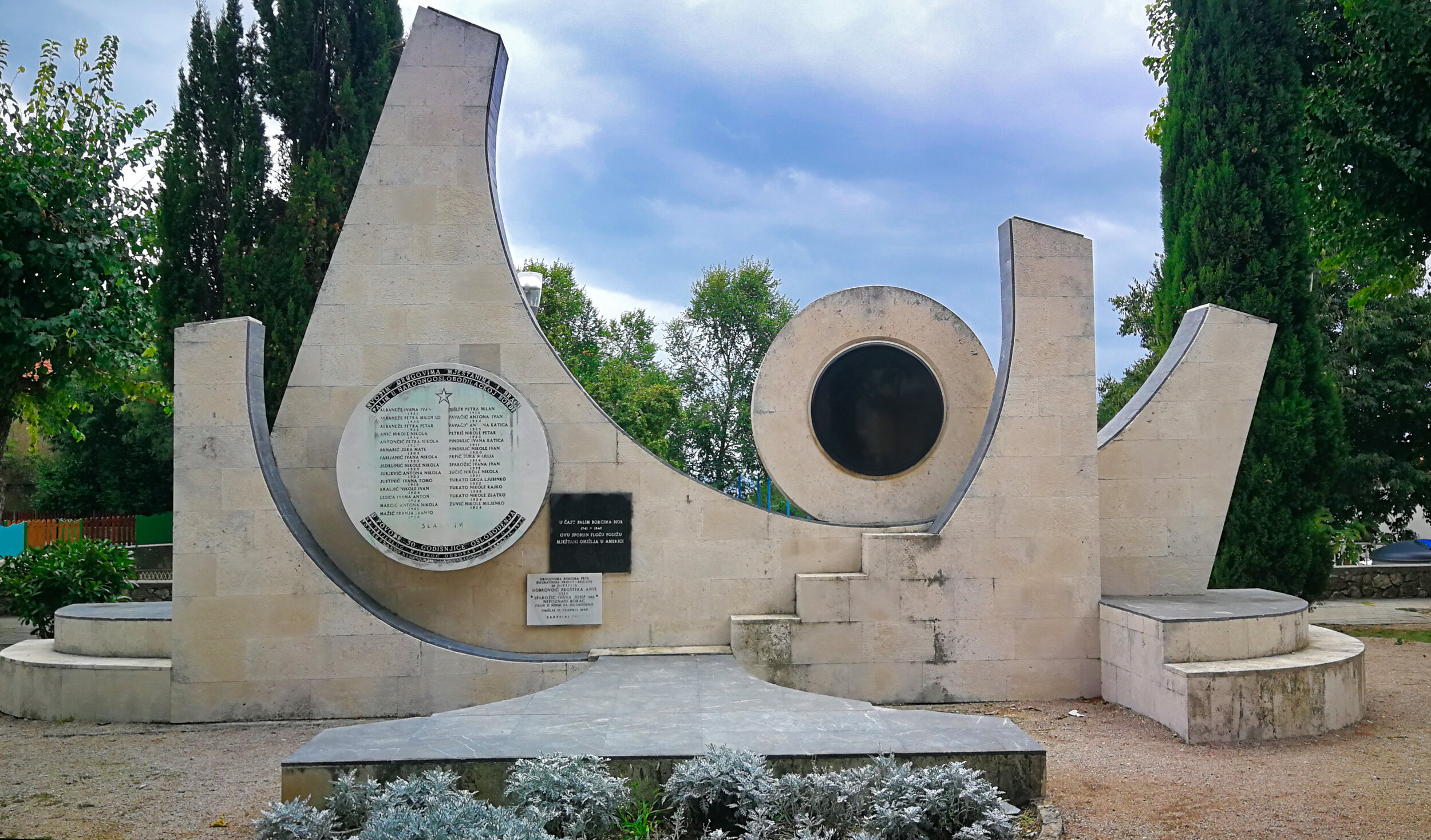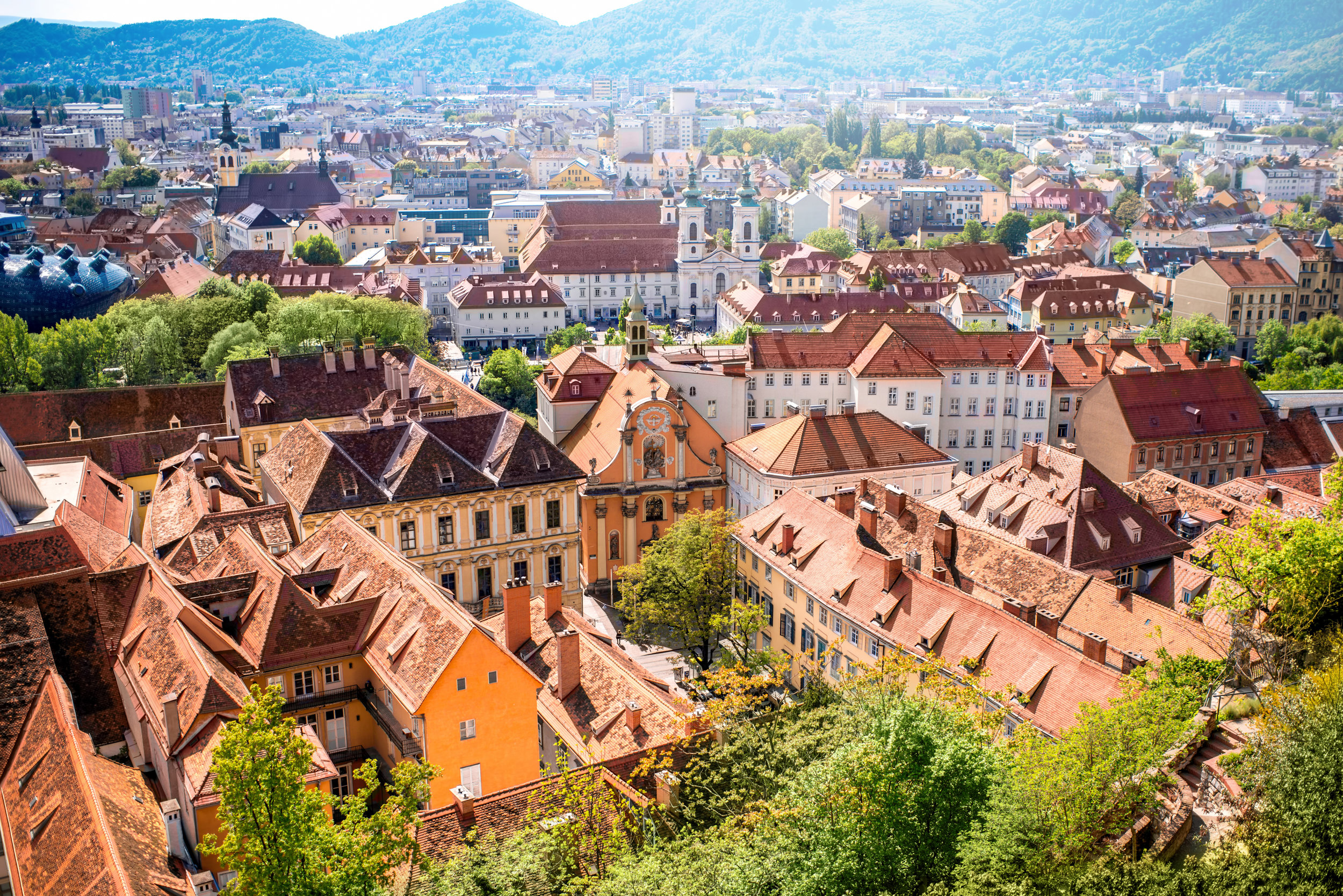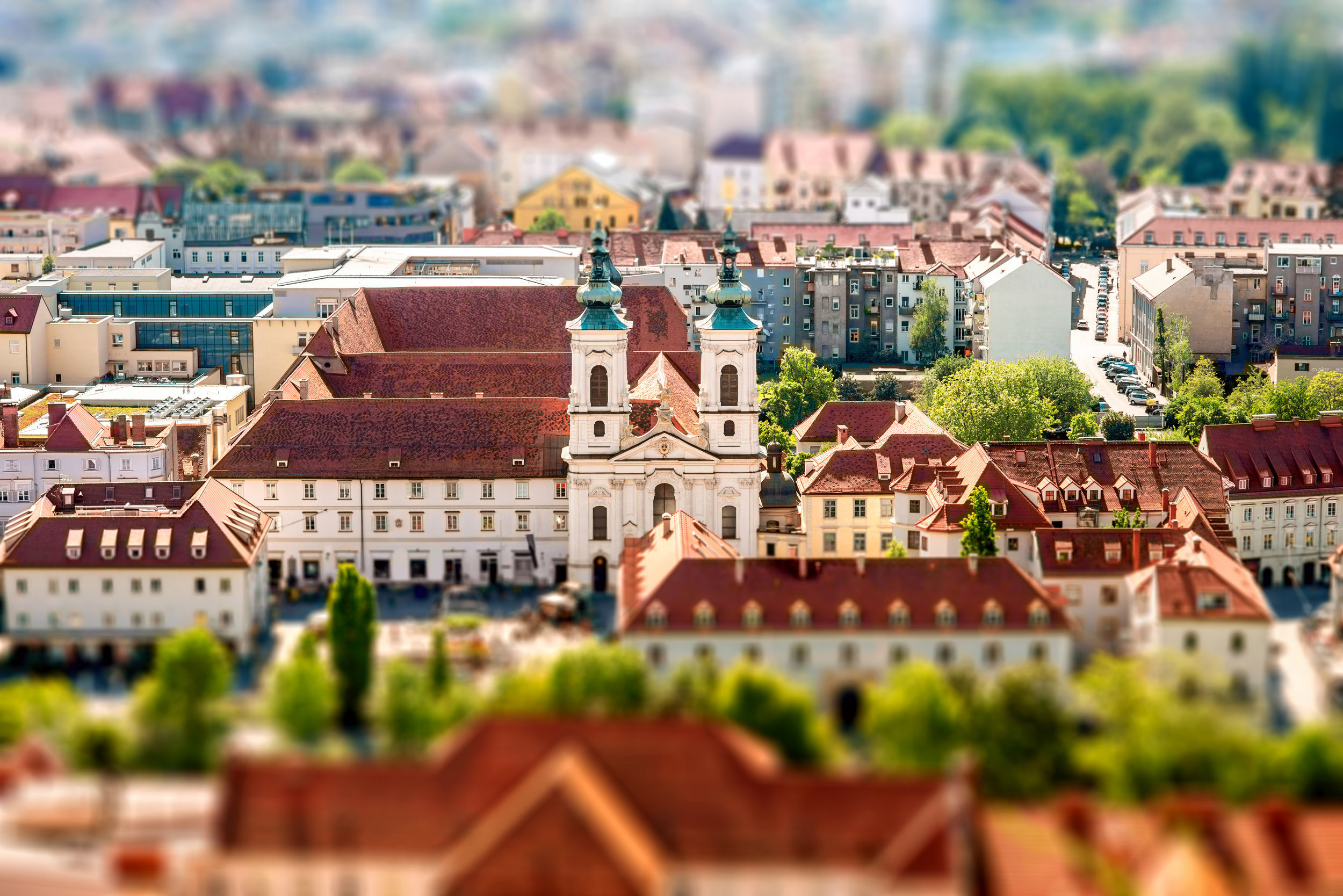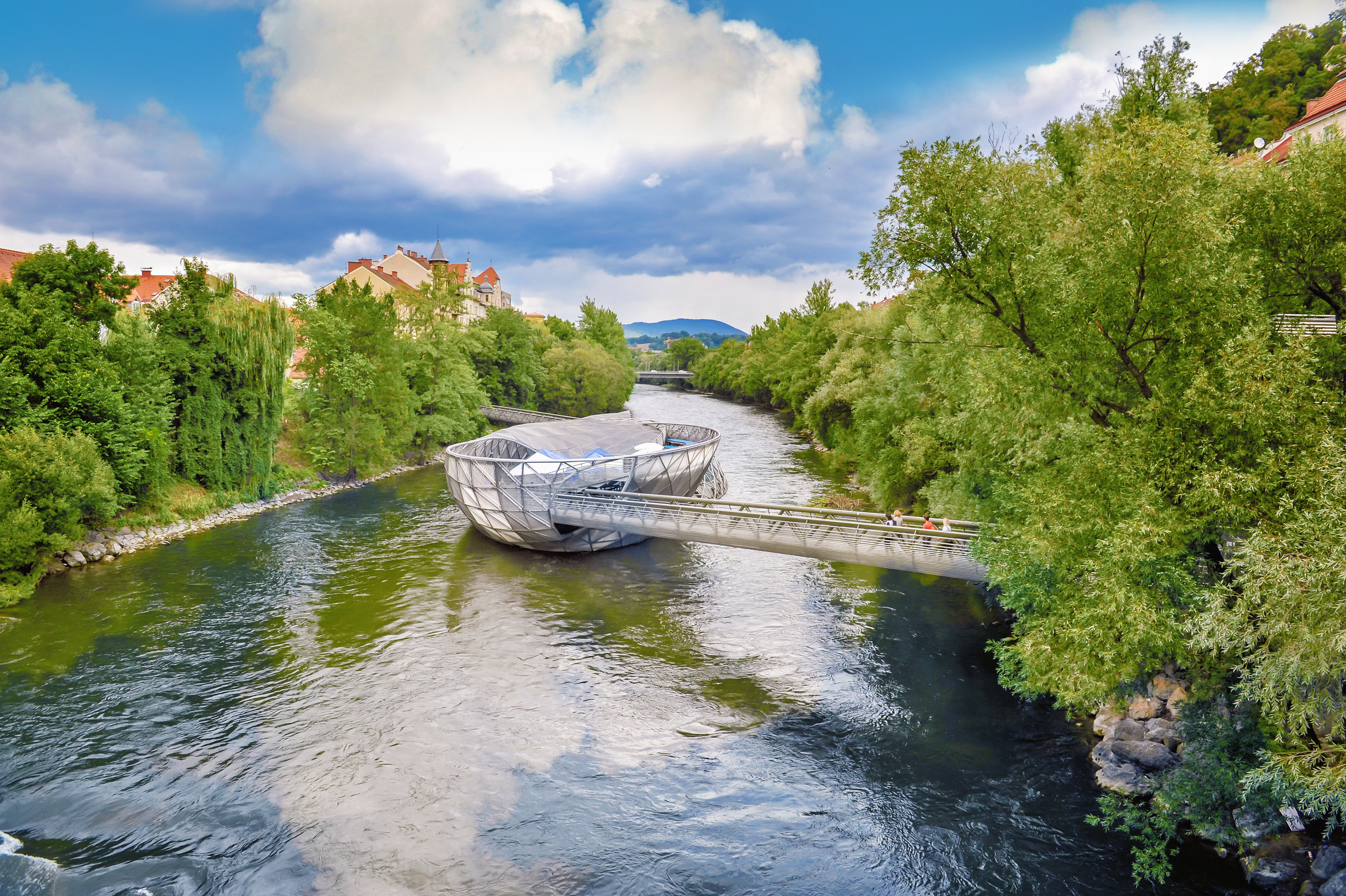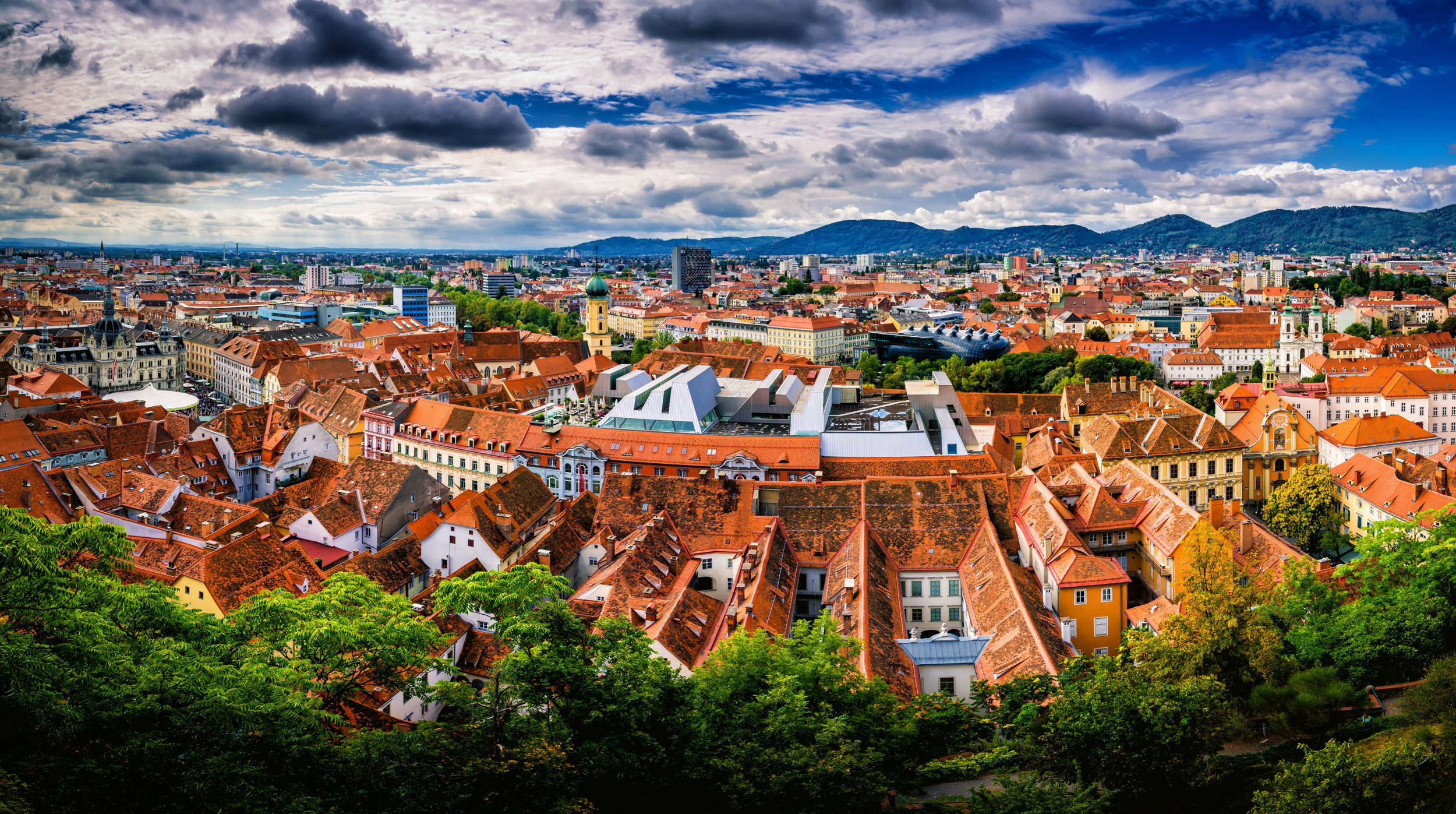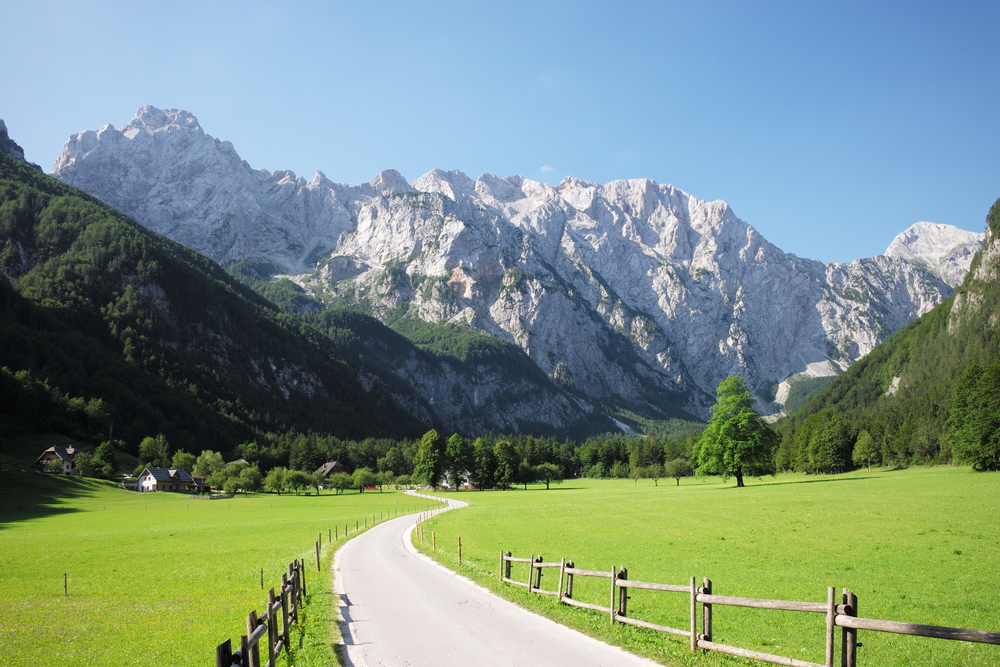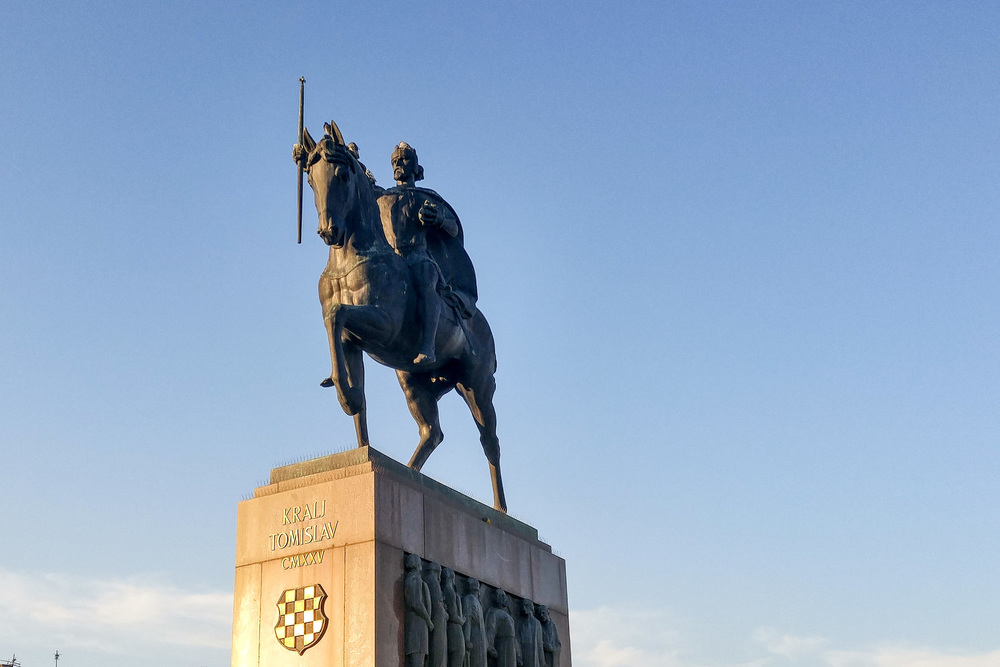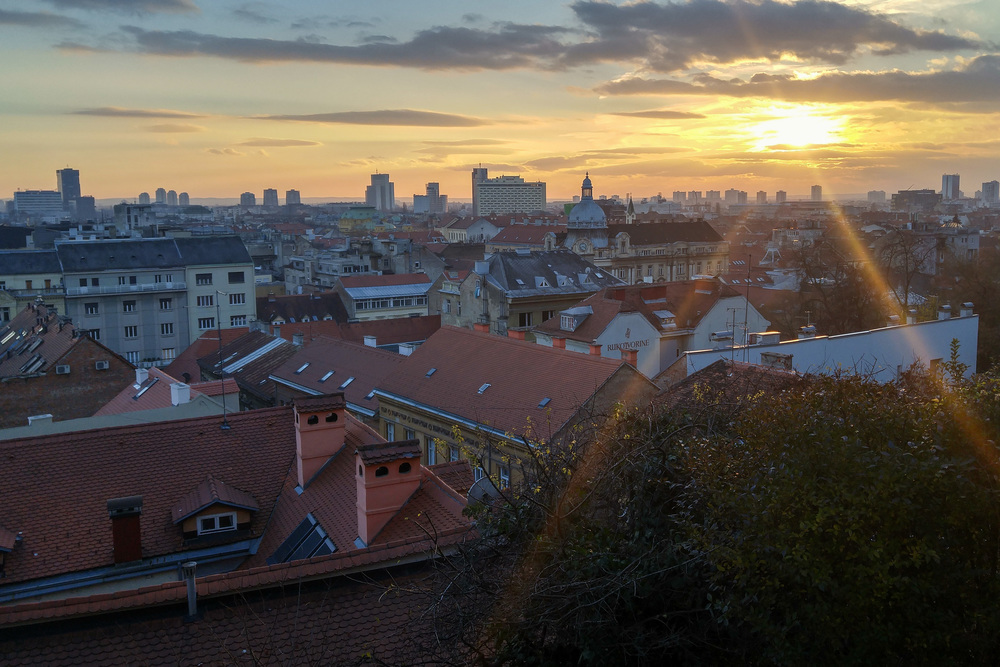Two camping sites on the Adriatic Sea in Croatia
/Legend has it that Croatian campsites are some of the best in Europe
The most famous and visited campsites in Croatia are probably Plitvice Lakes National Park, Krka National Park and the islands of Cres and Lošinj. But there are plenty more where you can find peace and quiet in beautiful surroundings, away from the crowds.
Here's an overview of two campsites in Croatia, one south of Senj and one on the Island of Krk
RAČA EUROCAMP
The Campsite Rača in the Kvarner area of Croatia is a superb place to stay if you are looking for a quiet and clean campsite with good facilities and close to the sea and town centre.
The campsite is in a great location in a beautiful setting with two beaches nearby and only few kilometers from Senj and the town of Crikvenica.
The whole site is very well maintained and had an excellent onsite bar and restaurant, good WiFi access and even a small shop selling snacks and drinks all at very reasonable prices. The owners are also lovely people who were very helpful and will help you out with anything you need.
The pitches are spacious, flat, level and grassy with a good amount of shade from pine trees on some pitches. All pitches had an electrical hook up point but there was plenty of space between each pitch so it didn't feel crowded or cramped at all.
The toilets were spotless with plenty of hot water for washing up after meals or showers.
It is much easier to enter the campsite from the South entrance
CAMP GLAVATOK
The campsite Glavotok is located in a protected bay of the island Krk, by a sandy beach. It is known for its crystal clear sea and long pebble beach. The campsite is an ideal place both for an active holiday and for relaxation in a family environment. The camp offers rich services and accessories for its customers.
The campsite has a spacious parking area in front of the terrace, from where you can walk to the beach or to the restaurant. In the surroundings of the camping, there are many walking and bicycle paths that run through untouched nature.
Camping Glavotok has installed a modern system of water supply with drinking water from the fresh source, so you can enjoy this water during your stay at the camping. The campsite also has two playgrounds for children and several sports fields, which can be used by adults and children.
At the campsite Glavotok there is an indoor/ outdoor restaurant that offers fresh fish and seafood dishes prepared on a wood fire. There is also a shop where you can buy your daily needs, has fresh bread and lovely croissants,
Pitches are flat, great view, often with some trees for a nice shade. Toiles and showers are spotless!









